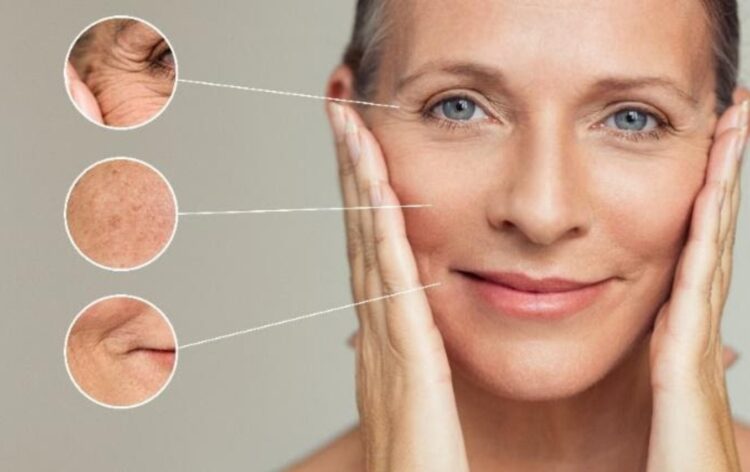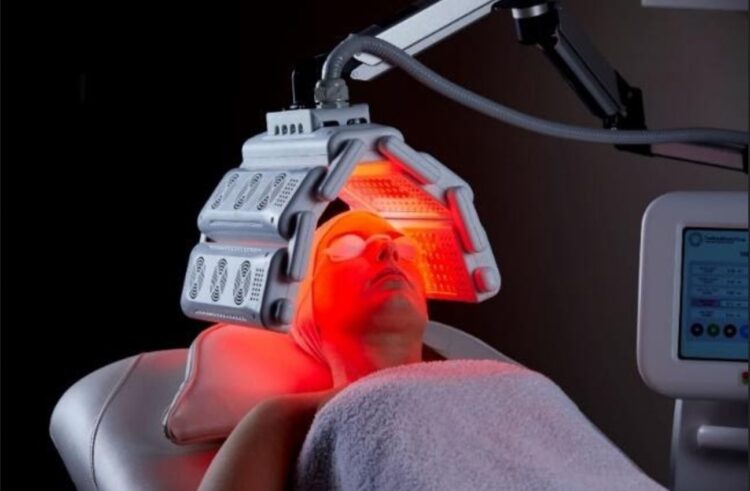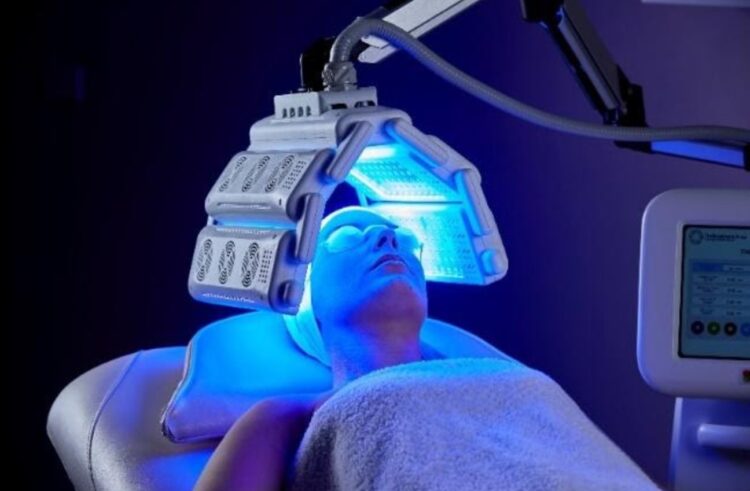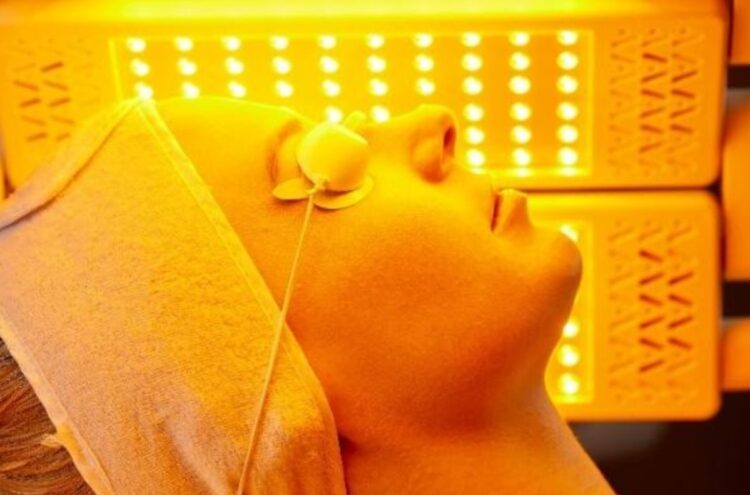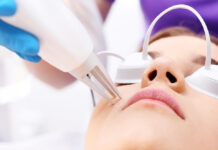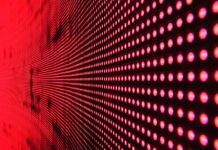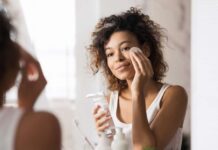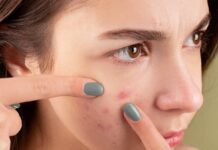
Anyone dealing with an unwanted skin condition knows how difficult and disheartening it can be to deal with. Whether it be pigmentation due to sun-damage, an unwanted acne flare-up or some pesky frown lines – breath a sign of relief, there is an easy solution. Thanks to its efficacy as a multi-faceted skin corrective therapy, Light-emitting diode (or LED as most people know it), has in recent years seen a recent surge in popularity. Unless you were living under a rock, it is unlikely that you have not come across these strange-coloured lights, glowing across Instagram feeds all around the world. So, what makes these colored lights so special? Here we break down what each of the various hued lights do and discussLED light therapy’s ability to treat many universal skin conditionsthanks to its unique healing properties. Check out careandcream.com for more information about LED light therapy devices.
Far out technology
LED and its practical application for usage on the body has a somewhat interesting origin story. In the 1980’s, NASA set about initiating a series of experiments that involved using different types of light (one of which was LEDs) to grow plants and fresh produce. The idea being that perhaps, astronauts would have the ability to generate a sustainable, and more importantly – fresh, food supply whilst they galivanted around exploring deep space.
Not only was their research fruitful (pardon the pun), but it was throughout these series of studies and experiments that the NASA scientists made an accidental, yet extremely fortuitus discovery, one that leant credibility to the idea that LED light could also be used to stimulate the body – that is, to heal. Whilst tending to their growing crops under the red lights, it was discovered that wounds, thanks to the exposure to LED lights. would heal much faster.
LED’s healing power
This discovery was extremely exciting and sparked huge interest in the new technology. Exploring further medical uses for LED became the focus of the U.S navy seals and throughout the 1990’s they began harnessing its healing power by using it to assist with wound healing and repairing damaged muscle and tissue within the body.
It was during these experiments that scientists learnt that by using different colored LED lights and varying how deep they penetrated, each light would affect the human body in a different way.
Given the almost “otherworldliness” of these unique glowing lights, it is no surprise that, combined with such a compelling, space-age backstory and its overall effectiveness as a treatment – LED technology has become a popular go-to for skin therapists and clients alike.
Colourful powered wavelengths
When people think of LED lights, often the first thing that comes to mind is the type found in household lighting, however the type of bulb used in professional light therapy machines couldn’t be more different. Standard LED bulbs give off far less energy and are not capable of eliciting the same type of response from the cells inside our bodies.
Light therapy machines utilise a wide range of lights from those you cannot see (otherwise known as infrared) though to the visible light spectrum (otherwise known as colored) such as red, blue, green, yellow as well as colors such as purple which is combined from two light sources.
LED machines use specific wavelengths of these different colored lights, in the process triggering the cells within the skin. The reason LED is capable of treating a myriad of skin disorders and conditions is because each light has a specific affect on the skin, triggering a unique healing reaction for each.
Here we explore each of these different lights and how they can benefit the skin.
Red light – Age fighting superpowers
Red LED is probably the most well-known of the colors due to its versatility and scope. It can be used to target dull, tired-looking skin, reduce the severity of wrinkles including dynamic expression lines.
It also stimulates blood flow and circulation, lymphatic flow and ATP production. ATP is an organic compound that is responsible for delivering energy to parts of the body, making it vital for helping the skin regenerate itself.
As we get older and gravity takes its toll, our bodies collagen and elastin production slows right down and we make less, less often, resulting in volume loss and loose, saggy skin. There have been studies done to show that red light can assist with the generation of new collagen. It does this by specifically targeting the cells know as fibroblasts that are responsible for collagen production and encouraging them to produce more collagen. Red light treatments can result in fresher, plumper, younger-looking skin, making it the perfect treatment to indulge in prior to a big event.
Blue Light – Acne fighting power
Blue light is another popular treatment and probably the second most commonly used of all the LED lights and is primarily used to help clients fight acne-related conditions. By targeting and killing off the acne-causing bacteria that lives deep within the skin, blue light can help to prevent future breakouts from occurring.
Unlike other treatments, blue light can be used on active breakouts such as pimples and inflamed lesions. By attacking the grands responsible for oil-production in our bodies, blue light can ward off future breakouts as well as reducing shiny or excessively oily complexions.
Whilst these glands are responsible for making sure our skin and hair have the correct amount of moisture, oftentimes they can become over-active, producing more oil than necessary which can lead to pimples and unwanted breakouts. By reducing oil production in these glands and at the same time killing off the bacteria that causes breakouts, blue light can be an extremely useful tool at treating acne-related conditions.
Purple – A powerful combination
Purple light is the ultimate multi-tasker, making it the perfect solution for those wanting to treat a combination of issues at the same time! A mixture of both red and blue lights, those that receive this powerful mixture really get the best of both worlds. As we have discussed, the blue light is used to fight off and clear acne, (including painful and inflamed cystic acne), whilst the red can assist with any inflammation that may surround active pustules. The red light also has the added bonus of treating aging skin at the same time.
Green and Yellow – Soothe, brighten and heal
Although less commonly used, none the less green and yellow lights have their own particular uses when it comes to treating skin conditions. Green light can be beneficial at treating discolored or sun-damaged skin. Learn more on theglobalbeautygroup.com
When our skin gets damaged by unprotected sun exposure, we can be left with unwanted sunspots, freckles and unsightly pigmentation. Greenlight targets the melanin in our skin and breaks it down, resulting in a clearer, brighter more uniform complexion.
Yellow light is thought of as a restorative treatment and works to improve the overall tone and look of your complexion. It has also been known to assist with those suffering from unwanted redness or rosacea.

